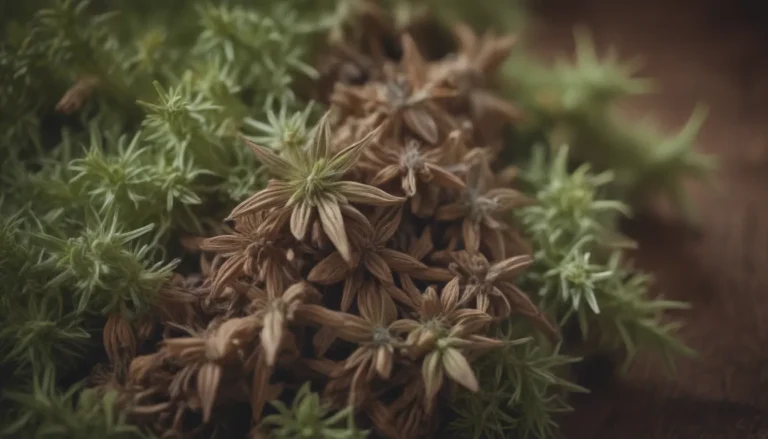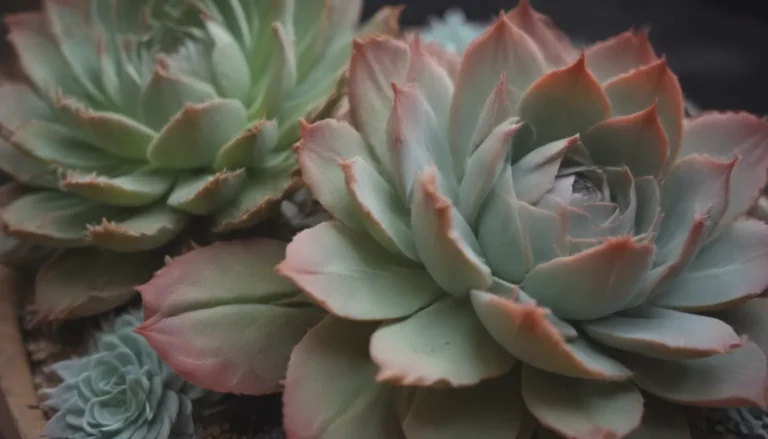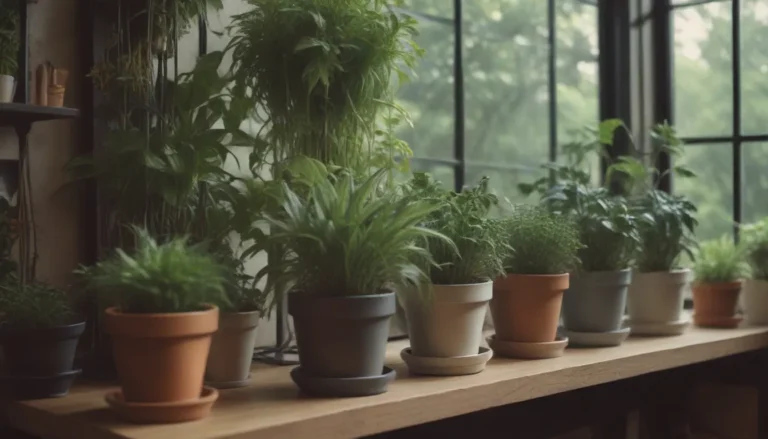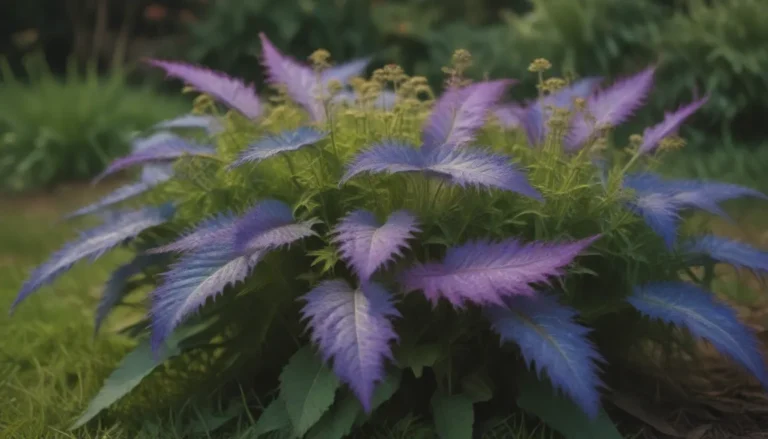Signs Your Plants Are Too Cold: How to Identify, Prevent, and Treat Cold Shock
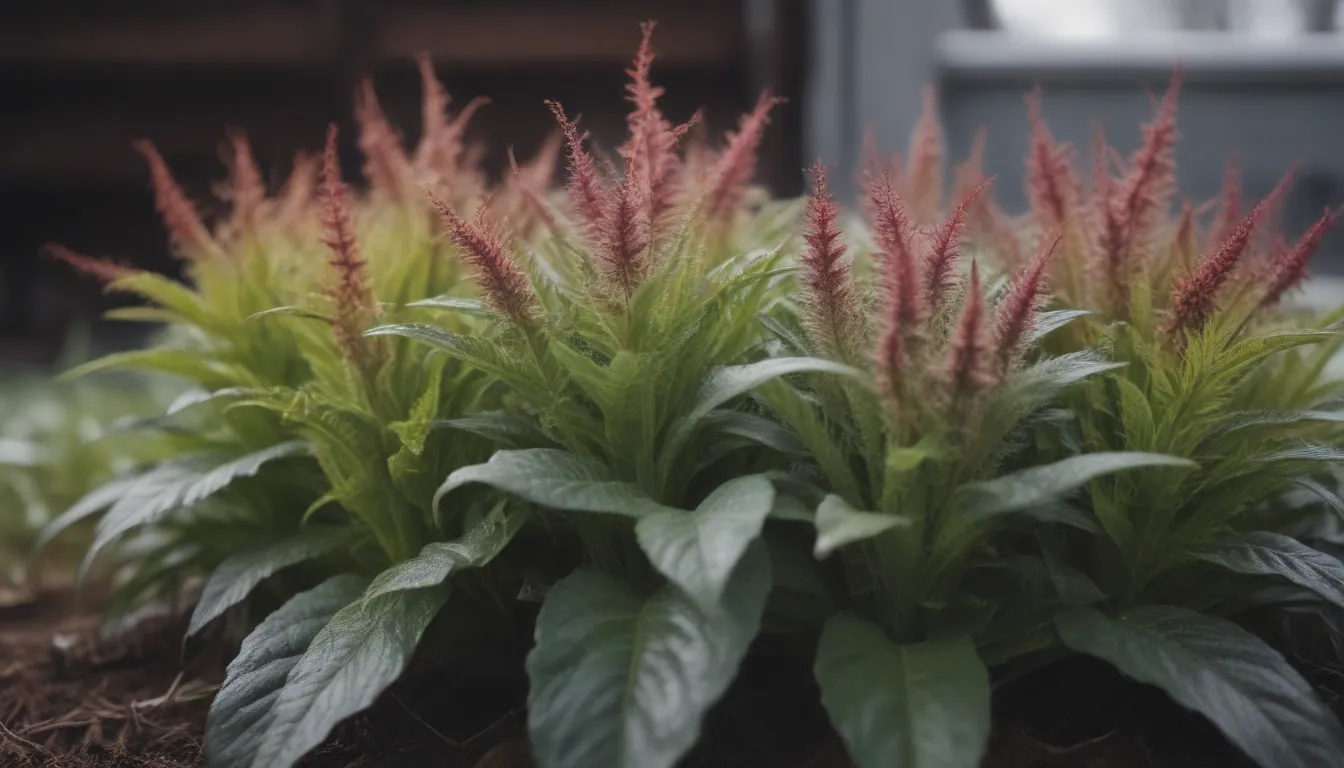
As a plant parent, you want the best for your green babies. Just like people, plants can also suffer from being too cold. However, they don’t have the luxury of shivering to let you know something is wrong. Instead, they show signs of distress in different ways. If you’re new to the concept of plants being “too cold,” don’t worry – it’s commonly referred to as “cold shock” or “chilling injury” in the green industry.
Understanding Cold Shock vs. Frost or Freeze
Before we dive into the signs of cold shock, let’s clarify the difference between cold shock, frost, and freeze. Cold shock occurs when temperatures are too cold for a plant but don’t reach freezing point, and no frost occurs. Frost advisories are typically issued when temperatures are expected to fall in the 32 to 36-degree range Fahrenheit, while a true freeze means the temperature drops to 32 degrees and below.
Signs of cold shock can vary depending on the type of plant and region you’re in. Whether you’re facing a sudden cold snap in the South or growing tropical plants outdoors in the North, understanding the signs of cold shock can help you protect your flora.
How to Identify Cold Shock: 4 Common Signs
Even before your plant is damaged by the cold, it may exhibit signs of distress. Here are four common indicators that your plant may be too cold:
-
Wilting or Curling Leaves: Healthy leaves have a firm texture and retain their shape. When a plant is too cold, the leaves may start to curl at the edges or wilt due to lack of support.
-
Discolored Leaves: Changes in leaf color, such as white, yellow, red, purple spots, brown patches, or complete blackening, can indicate cold shock.
-
Structural Damage: Above-ground growth may become soft and wet, resembling rot, while shrubs or trees can develop splits in their wooden stems or trunks.
-
Loose Root Ball: A healthy plant is firmly anchored to the ground by its root ball. If the root ball becomes damaged due to cold shock, even gentle tugging may reveal that the plant is no longer securely rooted.
It’s important to note that while these signs are common indicators of cold shock, other factors like diseases, water issues, or pests could also cause similar symptoms. Monitoring your plant’s health throughout the growing season and keeping track of local weather conditions can help you differentiate between cold shock and other problems.
The Impact of Cold Shock on Plants
The severity of cold shock largely depends on the plant’s hardiness zone and its tolerance to cold temperatures. Plants suited for their specific hardiness zone are less likely to die from being too cold. Southern plants with lower cold tolerance may exhibit signs of cold shock even at temperatures as mild as 50 degrees Fahrenheit.
Cold shock can have significant consequences, even if it only damages a part of the plant. For example, a sudden cold snap in Florida could ruin an entire orange crop, while in the North, it could kill buds on shrubs and trees, preventing flowers and fruits from developing. Deciduous trees go dormant during winter to survive cold temperatures, while evergreens have a smaller leaf surface area exposed to freezing temperatures and can endure cold but rarely suffer from shock or succumb to it.
Preventing and Treating Cold Shock
If you have tropical plants in patio containers, you can easily move them indoors when temperatures drop. However, protecting plants in the ground from cold shock can be more challenging. Here are some tips for preventing and treating cold shock in your plants:
- Covering vulnerable plants with blankets or sheets can help provide insulation and protect them from extreme cold.
- Using a patio space heater in the outdoor area can help raise the temperature and create a more conducive environment for plants.
- Consider planting cold-hardy species in your garden that are better equipped to withstand fluctuations in temperature.
- Water plants appropriately, as both under and over-watering can make them more susceptible to cold shock.
By taking proactive measures to prevent and treat cold shock, you can help your plants thrive even in challenging weather conditions.
In conclusion, being able to recognize the signs of cold shock in your plants is essential for maintaining their health and well-being. By understanding the symptoms, causes, and effects of cold shock, you can take the necessary steps to protect your green companions and ensure they continue to thrive in any climate. Remember to monitor your plants regularly, provide appropriate care, and be prepared to act swiftly if cold temperatures pose a threat to your garden. Stay warm, stay informed, and keep your plants cozy!
